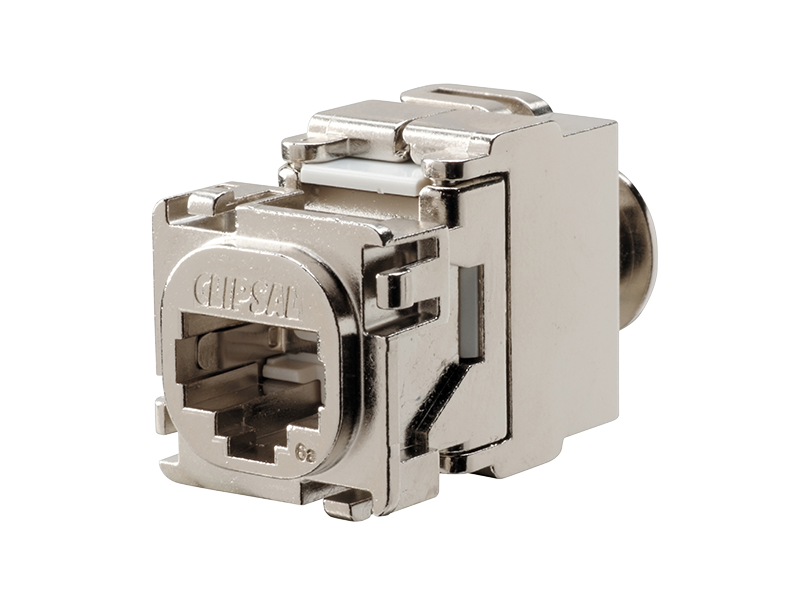Product life cycle
If you decide to invest in your home, your investment is required to stand the test of time. As a guide, Consumer Electronics are generally useful for approximately 5 years EG. TV’s, Blu-Ray players, laptops, computers, routers etc. Although these devices may last much longer, their speed or functionality could start getting a little dated, which is fine if you do not require new features. Good quality power amplifiers, receivers, Hi-Fi components and network switches are just few examples of devices that can last much longer. Functionality can be upgradable by connecting new, generally cheaper network devices EG. streaming/media devices, modem/routers, wireless Access Points to name a few.
Reliability
Harder to replace items like lighting control systems consisting of relays, sensors and key switch inputs etc. are generally very reliable providing trouble free operation in excess of 10 years. To ensure longevity, mains surge protection devices should always be installed to help prevent damage caused by both high and low voltage transient spikes. Uninterruptible Power Supplies should be installed protecting other low voltage devices like access control and alarm systems, modem/routers & network switches etc. Some devices are operating 24 hrs/day, 365 days/year, other devices sleep or enter standby mode to reduce power consumption and disruption to mains power can cause a range of issues including failure. Like most things, general maintenance will always be required to keep your systems operating smoothly over the long term.
Getting Started
A well planned and thoughtful design is what makes the difference in every home theater or home technology installation. Whether your project is large and complex, slightly more modest EG. 2 bedroom apartment or using some of the new plug and play products available, the principles remain the same. The installation locations and access provided to cabling and infrastructure, equipment and devices for maintenance and servicing is crucial! This can include the identification of circuits, cabling and wall outlets. Its not acceptable to jam all your wiring, circuit protection and relays into really tight fitting enclosures without leaving adequate space, stuffing your A/V equipment into a joinery unit with a tangled mass of cabling behind then quickly shut the door, hide your access control or security systems, data cabling etc. under the floor maybe in the roof or right in the back of a cupboard. Consultation and forward planning is essential including completing a system design before any installation commences. This will provide the Scope Of Works determining things like user requirements and convenience, locations and volume of space needed, accessibility, ventilation and cooling, integration between services, operation and future maintenance.
Conclusion
Thinking and planning will save you big $$$ over the life of your home technology systems and is one big difference between a good and bad installation. So whether you are doing it yourself or have professional help make sure you develop a Scope Of Works before you start.
If you would like additional help then please contact us today to arrange a consultation.

